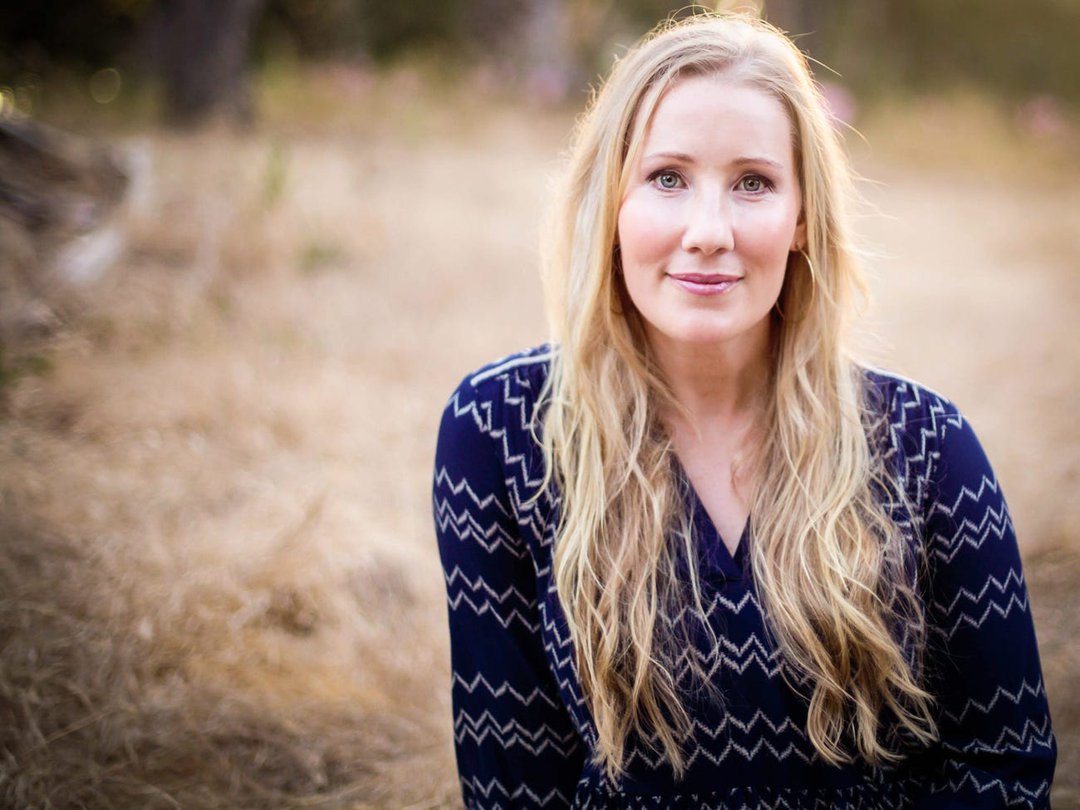
Much of my work as a financial planner is focused on helping my clients save and invest for long term goals, pay off debt, put the right insurance in place, and make decisions around equity compensation, but I always start with budgeting, no matter what. And even though my clients typically make six figures, most of them need help putting a budget in place that’s realistic, sustainable, and doesn’t feel like torture.

The author, financial planner Natalie Taylor. Courtesy of Natalie Taylor .jpeg
- All of my financial advice begins with budgeting, but there’s lots of bad advice out there.
- I think it’s unhelpful to advise budgeters to review the last year of their spending; it’s too much.
- I also think saving till it hurts and tracking every penny are more discouraging than helpful.
Here is some of the worst budgeting advice I’ve seen, and what I suggest instead.
1. To start budgeting, review spending over the last year to get estimates for each category
Going back and analyzing spending for an entire year is overwhelming and often ends up being a barrier to getting started. In addition, I’ve found that clients often don’t want to look back because they don’t want to feel guilty about past spending or be judged for it.
Instead of looking back at every transaction over the last year, look at last month’s spending to get some good estimates for your average monthly expenses. In addition, list out any larger, less frequent expenses you anticipate over the next year, like property taxes, vacations, holiday gifts, and annual donations, and make a plan for how you’ll pay for them, perhaps saving a little bit over time.
Better yet, if you use budgeting software like Monarch, Mint, or You Need a Budget, you can easily see your average monthly spending and use transaction filters to identify larger, less frequent expenses over the last 12 months. Aim for your initial budget to be a best guess, and plan to adjust your budget over the first few months to fine tune it.
2. If you’re not tracking every penny, it doesn’t count
I can’t tell you how many times I’ve seen budgets fail because they were too detailed – $12 on coffee, $26 on lunch out, $38 on fast food, $336 on groceries. There are two primary problems with an overly detailed budget. First, it can lead to feeling micromanaged every time you spend with very little flexibility. Second, maintaining an overly detailed budget can be time-consuming and difficult to keep up with over time.
In order to effectively budget and stick with it long term, consider having 10 to 15 broad categories. This will not only make it easier for you to keep track and categorize expenses, it will also give you a bit more freedom to live in the moment and have some flexibility within the broader boundaries of your budget.
3. Save until it hurts
I wish financial advisors and other money experts would stop saying this! Let me be clear — saving for your future is important, but it’s not more important than your life today. And it certainly doesn’t have to hurt to be effective. In fact, the less it hurts, the more likely you are to stick with it.
Instead of saving until it hurts, focus on finding the right balance between enjoying life today and saving for the future so that you can make sustainable progress over the long term. Don’t be afraid to start small and increase your savings rate over time to get used to it and truly make it sustainable.
For example, you could start by saving 1% of your take-home pay every payday, and then aim to bump up your savings by 1% every six months and every time you get a raise. Before you know it, you’ll be saving a solid amount every month without it being painful.
4. Sort your expenses by needs vs. wants and eliminate wants
Looking at your expenses purely through the lens of needs versus wants requires you to judge each and every spending decision as required or indulgent. This judgment-based filter on spending often results in feeling guilty about spending, and creating a budget that cuts out all “wants” means that staying on budget will be virtually impossible long-term. Crash diets don’t work and neither do crash budgets.
Instead of looking at every expense as a “need” or a “want,” filter your spending through a different lens called “cost-per-happy.” Cost-per-happy is a way to assess how much happiness (or satisfaction or value) you derive from every dollar spent. As you look for ways to reduce spending and find dollars for your goals, consider keeping expenses that provide high happiness per dollar spent, and look to eliminate expenses that provide lower happiness per dollar. For example, you might decide that stopping by your local coffee shop and grabbing a cup of hot coffee to drink on your way to work brings quite a bit of happiness, and paying for multiple music services doesn’t really bring much extra happiness at all. Or vice versa!
A great budget gives you the freedom to enjoy your life, and balances your life today with saving for the future. No guilt, no shame, no judgment — just progress.
Comments are closed.
